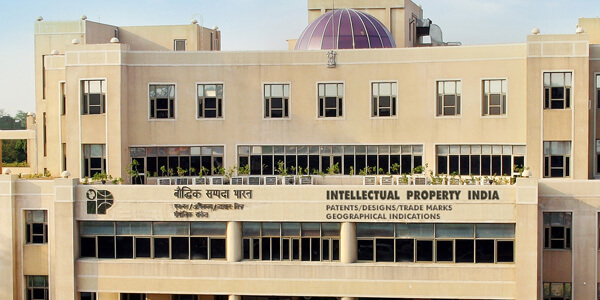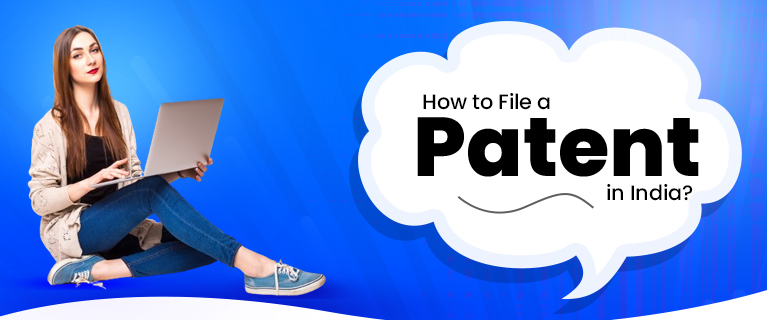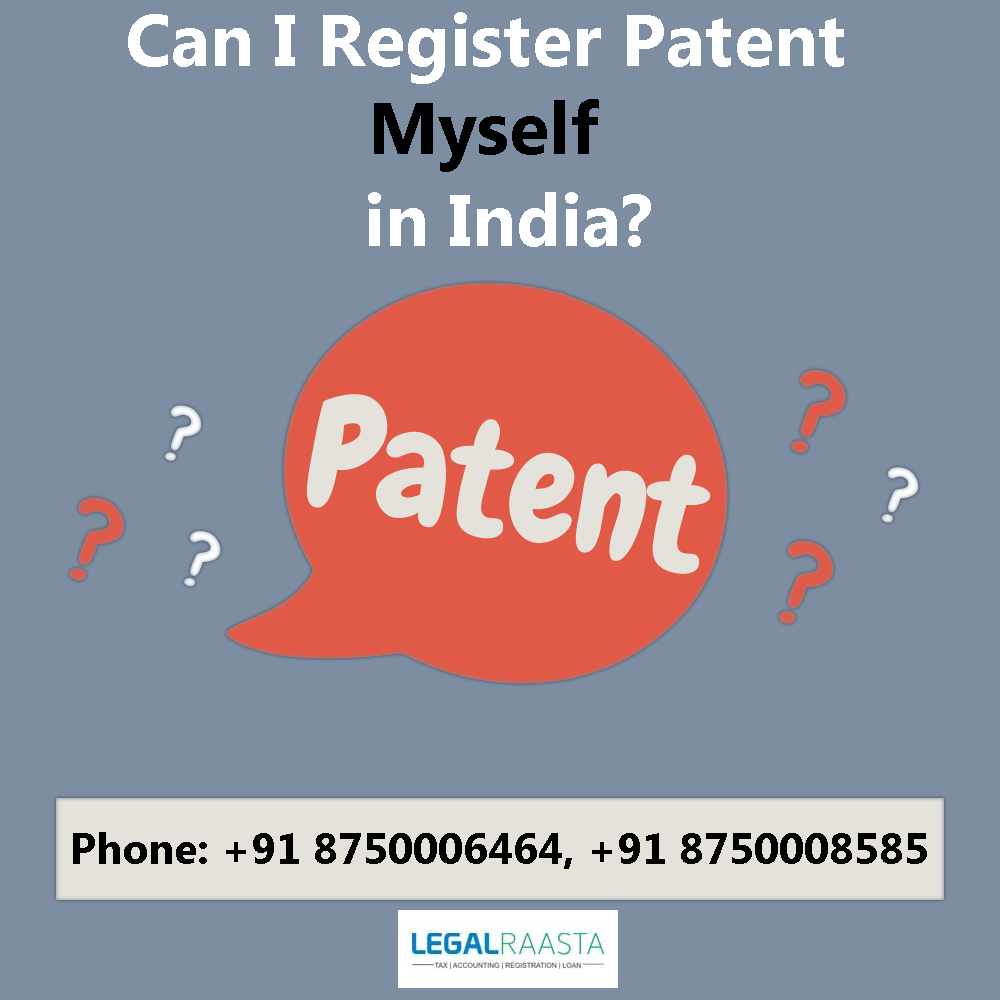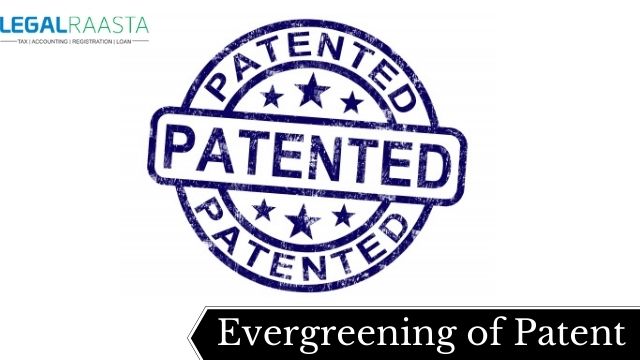Patent Office in India
Indian Patent Office
The Indian Patent Office is administered by the office of the Controller General of Patents, Designs, and Trade Marks (CGPDTM). This is considered as the Government of India and administers the Indian law of Patents, Designs and Trade Marks.
In the case of joint applicants, an applicant or first mentioned applicant can file an application for a patent at the appropriate Patent office under whose jurisdiction he normally resides or has his domicile or has a place of business or the place from where the invention actually originated. Moreover, for the applicant who is non-resident or has no domicile or has no place of business in India, the address for service in India or place of business of his patent agent determines the appropriate patent office where applications for a patent can be filed.
Addresses of Patent office in India
The application for registration of a design can be filed at the Patent Office at Kolkata and its Branch Offices at New Delhi, Mumbai, and Chennai.
Dr. K. S. Kardam
Sr. Joint Controller of Patents & Designs
Intellectual Property Office Building,
Plot No. 32, Sector 14, Dwarka,
New Delhi-110075
Phone: 011-28034304-05, 011-28034317
Fax: 011-28034315
Email: delhi-patent@nic.in
Sh. N K Mohanty
Deputy Controller of Patents & Designs
Boudhik Sampada Bhawan, Antop Hill,
S. M. Road, Mumbai – 400 037.
Phone: 022- 24153651, 24101144, 24148165
Fax: 022-24130387
Email: mumbai-patent@nic.in
Shri. S. P. Subramaniyan
Deputy Controller of Patents & Designs
Intellectual Property Office Building,
G.S.T. Road, Guindy,
Chennai-600032
Phone: 044-22502081-84, 044-22502080
Fax: 044-2502066
Email: chennai-patent@nic.in
Sh. Sanjay Bhattacharya
Deputy Controller of Patents & Designs
Intellectual Property Office Building,
CP-2 Sector V, Salt Lake City,
Kolkata-700091
Phone: 033-23679101, 033-23671987
Fax: 033-23671988
Email: kolkata-patent@nic.in
How can you file a Patent at the Patent office in India?
A patent in India can be filed Online also in the Indian Patent Office. Any inventor, either alone or jointly with others; His/their assignee; or Legal representative of any deceased inventor can file a Patent application. You can file the application at any one of the Indian Patent Office located at Chennai, Delhi, Mumbai or Kolkata.
Following are the appropriate filing patent office determined based on the Applicant’s region/location-
- where the applicant resides; or
- has a place of business, or
- the place from where the invention actually originated.
In case, as an applicant, you do not have a place of residence or domicile or a place of business in India, and accordingly, the place for filing your application will depend on the address that you have furnished for the service. For example, the patent applications are filed at the Patent office of Chennai. One thing here is to be noted that ordinarily, once the appropriate office has been decided it cannot be changed.
Documents required for filing an application at the Indian Patent Office
Following are the documents that are the requirement for patent filing:
- Application for grant of patent [Form 1].
- Provisional or complete specification. If the provisional specification is filed, it must be followed by the complete specification within 12 months [Form 2].
- Drawings (if necessary).
- Abstract of the invention.
- Statement and undertaking for the corresponding foreign patent applications [Form 3].
- Priority document (if priority date is claimed) in convention application.
- Declaration of inventorship: This is submitted either with the provisional specification followed by the complete specification or in the case of convention/PCT national phase applications [Form 5].
- A power of attorney (if filed through Patent Agent) [Form-26].
- Patent statutory fees – Only electronic payment because of E-filing.
FORM
| Form | Description |
|---|---|
| Form 1 | Application for grant of payment |
| Form 2 | Provisional/Complete specification |
| Form 3 | Statement and undertaking u/s 8 |
| Form 5 | Declaration as to inventorship |
| Form 26 | Form for authorization of a patent agent |
| Form 18 | request for examination |
| Form 9 | request for publication |
| Form 28 | To be submitted by a small entity |
Patent Application at Patent office India
- Ordinary Application is normally filed for an application without claiming priority.
- Application for Patent of Addition which allows for improvement or modification of the already patented invention for an unexpired term of the main patent.
- Divisional Application, it is for in case of a plurality of inventions disclosed in the main application.
- Convention Application, it is for claiming priority date on the basis of filing in convention countries.
- National Phase Application under PCT.
Procedure for Patent registration in India
There are mainly 7 steps involved in Patent registration in India:
∗ Before any proceeding in the process of patent application, first, decide will you use the assistance of a patent professional or undertaking the patent process yourself. By addressing the number of deadlines and the impact of these deadlines, it is highly recommended that you engage a patent professional/firm who has years of experience in the patent field.
If yes, you have decided to use the services of a professional then make sure that you sign a Non-disclosure Agreement (NDA) with the patent professional/firm before disclosing the invention to them. No doubt, it is a good idea that all your disclosures with any third parties are done confidentially and you sign NDA’s with each party.
Step 1 – Checking the Patentability of the invention
The first and foremost step in the patent registration procedure is to perform a detailed patent search to determine the chances of getting a patent. It is necessary to perform ideally in case of both patent and non-patent references. One of the benefits of a patent search is it provides a good idea of the merit of the invention and helps in deciding if there are good chances of ultimately getting a patent granted. So, a thorough patentability search is always advised but from a patenting process point of view is totally optional.
Step 2 – Drafting a patent application
There are two kinds of patent application i.e Provisional and Complete patent application. As soon as you have made up your mind to go forward with the patent registration process then you can prepare an Indian Patent application (Form 1).
Each patent application has to be mandatorily accompanied by a patent specification (Form 2). It is based on the state of the invention that you can go for either filing a provisional patent application or complete patent application. When the invention is still in the development mode and tests are underway, it is a good idea to quickly file a provisional application to block the all-important filing date. It gives you 12 months in case of filing a provisional application to test and finalize your invention and file the complete application.
Step 3 – Filing the patent application
Following are the scenarios in which patent can happen:
- Filing in India: When you are done with the patent application draft, the next step is to file the patent application in India and secure the filing date. If in case, you are filing a provisional application first, you need to file the complete application within 12 months from the provisional filing date.
- Foreign filing decision: For the protection of an invention in foreign jurisdictions, the maximum time allowed is 12 months from your first filing date. You can opt for filing a convention application in Paris convention members individually in each of the countries based on the countries you are interested in. Besides, you can also use the Patent cooperation treaty (PCT) system to reserve your right in 140 odd member countries.
- Foreign applications entering India: On another scenario where the patent application was first filed in a foreign jurisdiction and the patent applicant is interested in filing a patent application in India under the Paris Convention route or the PCT route, the time limit to enter India is 12 months and 31 months respectively.
Step 4 – Publication of patent application
When it will be published?
All patent application which is filed with the Indian Patent Office is kept as a secret until the time it is published in the official Patent journal. After 18 months, the Indian patent office will publish patent applications. It is an automatic event, even if you earlier wish to get your application published, you can make a request for early publication (Form 9) and your application will ordinarily be published within 1 month of the request.
What will be the advantage of publication?
It is important to have a date of publication as your privileges and rights start from it. Although, you can’t enforce your rights by the way of any infringement proceedings until your patent is granted.
When it is not published?
There are only a few scenarios under which a patent application may not be published and kept as a secret:
- Secret directions have been imposed under the Patent Act. They are imposed if the invention falls in a category publication of which could be against the interest of the nation.
- It is difficult to complete an application within 12 months from the date of filing of the provisional application.
- Request for withdrawal has to be made at least 3 months prior to publication. So, overall for practical purposes, it is 15 months from the date of priority in a standard patent registration process.
Step 5 – Examination of the patent application
Before granting a patent, every patent application has to be substantively examined before a patent is finally granted. The examination process is the process where your patent application will finally on the merits of the invention as described and claimed in the patent specification.
Examination request
As soon as the request for examination is received, it is queued for examination and the earlier you make the RFE request, the sooner your application may be examined by the examiner. To fasten the track, you can jump the examination queue by filing a request for expedited examination (Form 18A). On the other hand, if you do not want to get your application examined early for strategic reasons then the reasons could be anything like extending the patent-pending life, waiting for funding etc.
Examination process
After filing the request for examination, it will eventually land up on the desk of the examiner from the relevant technology background for examination. The examiner will scrutinize the application to ensure that the application is in accordance with the patent act and rules during the examination process. He/she also performs a search to understand similar technologies to ascertain if the invention would satisfy the patentability criteria.
Afterward, the examiner will issue an examination report to the applicant with the statement that grounds for objections which are based on the review of the application. Once the FER is issued, the patent applicant needs to successfully overcome the objections to receive a patent grant. This entire process may involve responding to examination reports, appearing for hearing etc. It is important to put an application in order for the grant in which total time will be 6 months from the date on which the FER is issued to the applicant. Moreover, this 6 month period can be extended for a period of 3 months by the applicant by filing a request for an extension of time. (Form 4)
Step 6 – Final decision on the grant of a patent
When the patent application overcomes all the objections then the patent will be granted and published in the patent gazette.
Step 7 – Renewal
What is the cost involved in registering the patent?
You can protect your invention with LegalRaasta only on 10 days by paying Minimum Rs. 27249 for Provisional patent and Minimum Rs. 44999 for a Permanent patent.
For further more information regarding a Patent search, Advantages of Patent registration, or more then you can follow our blog. Send your query on Email: contact@legalraasta.com and you can also give us a call at 8750008585.
Related Articles:
What is a Provisional Patent & its advantages









